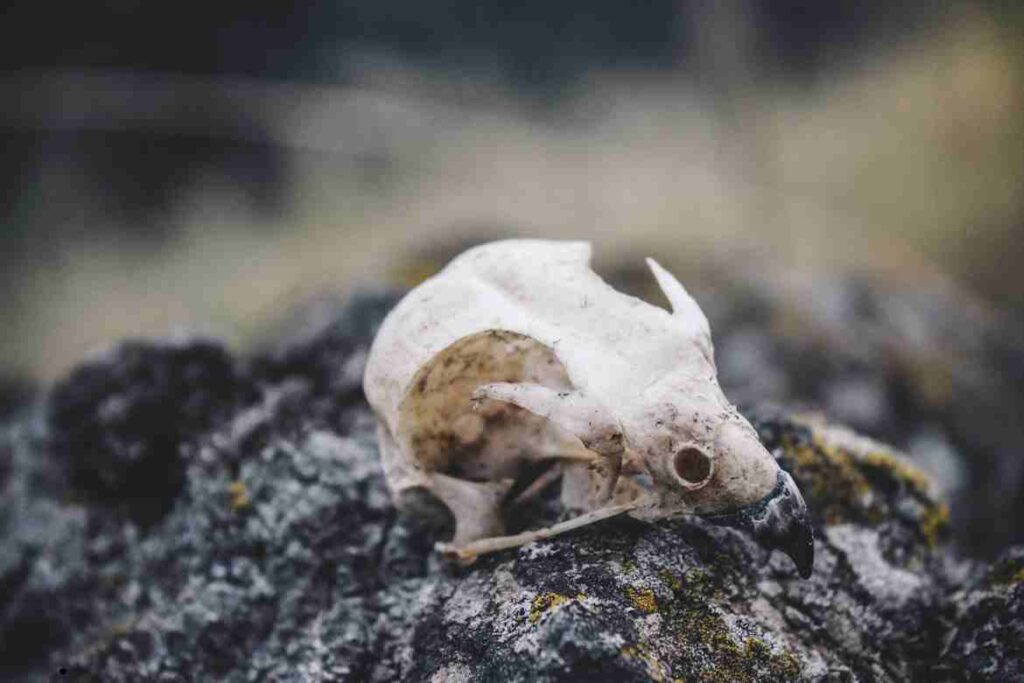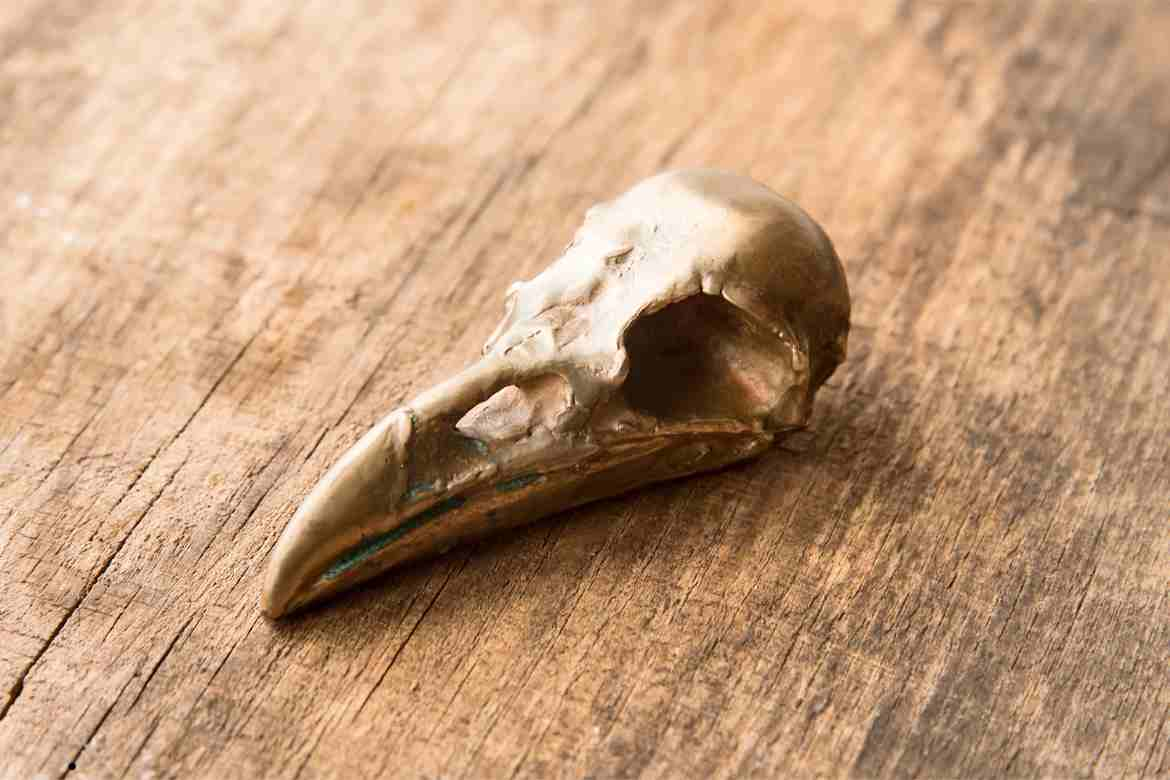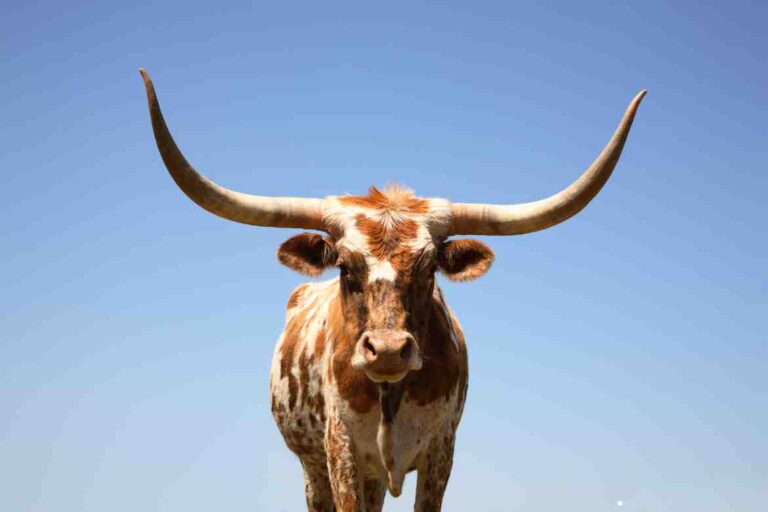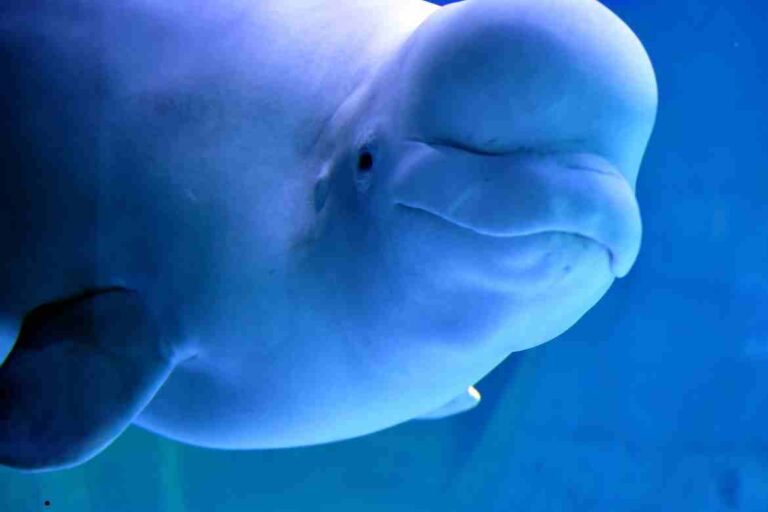Bird Skull: A Study in Form and Function
The bird skull is one of the remarkable structures, being the product of millions of years of evolution. The shape has come about from all those long years, making it distinctive in both form and functionality. People often skim over the bird skull as just another piece of an animal’s anatomy but offer many insights into evolutionary adaptations of birds. We have addressed various perspectives on the bird skull-its structure, its function, and how it tends to be a contribution to the birds’ survival in their diverse environment. By the end, you will have better appreciation for the importance of the bird skull to the overall biology of birds.
Anatomy of the Bird Skull

Bird skulls are quite unique from most animals since they are light but sturdy. These mainly facilitate the flight, feeding, and protection functions. The first characteristic observed of a bird’s skull is bone fusion. Bone fusion is one attribute that also assists in weight minimization; the cranium comprises fused bones that make the bones have strength and stability as well as minimize weight otherwise to weigh birds down while attempting to fly. Birds do not possess a moveable jaw unlike in mammals. Its corresponding part in a bird will be the beak or the bill. A bill drastically redefines how a bird interacts with its surroundings.
The cranium of any bird includes some eyes, all of which can have big holes to give much better vision in animals that require vision to be acutely sharp at times, most especially in avian predators needing to catch some prey in light. The shape differs from one species to another, often representing the diet and behavior and ecological niche of the bird. For instance, the raptors have much more solid skulls with strong sharp beaks and reinforced bones which enable them to catch and tear apart their prey. A hummingbird has much lighter skull; its beak is long and slender, permitting it to feed on nectar.
Explore more info about: Spider Tattoo Meaning: Symbolism, Significance, and Popularity
Role of the Bird Skull
A bird’s skull is basically a case or cover that holds the brain, eyes, ears, and other senses. These are sensitive organs in that birds are said to possess an acute sense of movement, detection of food, and avoidance of predators. The brain in a bird is not too large proportionally to the body but is developed well for activities like flight control, vision, and memory.
The beak, or bill, is another characteristic feature of the bird skull. It is, in effect, the mouth for a bird, but the function it serves far exceeds mere ingestion. The beak is quite specialized to the bird’s diet and lifestyle. For instance, the bill of a woodpecker is long and pointed, so that it can drill into trees as it is searching for insects, while the bill of a pelican is made to scoop fish out of the water. In other bird species, the beak is even used for courtship displays, where an expression of mating interest or dominance is posed.
The shape and size of the skull, therefore, aid in the flight of birds. More lightweight beaks of relatively small skull birds provide for better aerobatics when airborne. Larger birds have heavier skulls; therefore, these have evolved alternative means of staying aloft: the greater wings of larger birds, etc. This light skull forms the fundamental adaptation that allows birds to generate lift and maneuver the need forces during flight while protecting their brain and other sensory organs from the force realized during high-speed flights and landings.
Explore more info about: what do bichon frise usually die from?
The bird skull’s evolutionary significance
Perhaps the most adapted structures to evolve over millions of years for the full demands of flight have been the bird skull, which has produced some remarkable and sometimes very interesting adaptations. One of the important developments is the fusion of bones, part of which leads to a reduction in the overall weight of the skull but still provides enough protection for the brain. This also results directly because the light structure needs to fly.
The most important evolutionary changes are the formation of the beak. For instance, the development of the beak is an adaptation of the skulls of birds, which is influenced by the surroundings and the type of living of the birds. In a few generations, various species of birds have developed special types of bills depending on the type of feeding. Finches have tough, big bills that crack open seeds whereas songbirds own long, fine bills that permit them to pick bugs from tree barks or flower petals.
In fact, many sizes and forms in the socket of bird skull really help to understand many aspects about how pressure goes about while modifying various forms of birds. Birds that highly depend on nocturnal activities that may include flying like the case with the owls will have relatively huge eye sockets to accommodate huge vision ability. On the other hand, birds that use their vision in order to navigate through flight will include eagles and hawks who also have big eyes but in a different way such as increased depth of view and to follow the prey from long distances.
Explore more info about: How Many Crows Make A Murder?
Bird Skull and Its Role in Adaptations for Flight
Birds have made certain adaptations to fly. Of these, the skull plays a vital role in these adaptations. In fact, one of the ways in which the skull assists flight is by giving the bird an aerodynamic structure. The skull’s light weight helps reduce the bird’s overall weight, which is crucial for flight. The skull of a bird must be heavy enough to hold vital organs but not so heavy that unnecessary weight would put on the bird during takeoff, flight, or landing.
Another part of a bird’s body that serves its best interest in terms of feeding while airborne is its beak. Many bird species have found ways to feed when airborne. Some seabirds catch fish in their bills while flying over the water. Similar is the case with hummingbirds, which could hover over a flower to feed while remaining in flight. Such special behaviors are made possible due to adaptations of the skull and beak finely tuned to the bird’s specific mode of life.
Learning about differences of bird skulls is very vital
It reveals versatility that can be portrayed from species to species in relation to their skull forms. This unique species appears in a given skull form due to the species’s ecological niche and evolutionary history. The degree of variation concerns the shape and size of their skulls, which is very much related to diets, behavior, and habitat.
For example, the hawk skull is set like an inescapable killer: sharp, hooked beak and strong jaws just start to tear the prey into shreds. The parrot skull is designed to crack nuts and seeds; it has a powerful curved beak, with enough force to exert enormous pressure to easily crack nuts and seeds. The long, slender beaks in nectar-consuming birds, for example, the hummingbirds help hover above the flowers so as to make the latter reach out to them.
The bird diversity size also decides the diversity in bird skulls. More giant birds such as ostriches and emus have largest skulls in comparison with having a large brain as well as mighty beaks. Simultaneously, smaller birds like sparrows and finches have smaller skulls in which compactness helps them for maneuvering flights around trees and shrubs.
Study on bird skulls holds clue about their behavior too. High social birds, for instance, crows and ravens have larger heads due to large brains, which therefore enable them to come up with good solutions and even communicate well. On the other hand, there are solitary birds that include owls having low brain-to-skull ration, but they can have acute processing of sensory. The auditory one as well as the visual one.
Conclusion
The bird skull is, in fact, an excellent example of evolutionary ingenuity. Various unique adaptations ranging from the fusion of bones to the development of the beak enable birds to occupy nearly every imaginable environment on Earth. The bird skull is part of the anatomy of the bird, but it also has a significant role in the evolutionary history that links birds with dinosaurs. The bird skull is a window into the amazing and wonderfully diversified world of birds. Their study of structure and function can provide many insights that, for one reason or another-flight, feeding, protection-it’s probably one of the most fantastic things that can come out of the mind of nature.
- Mexican Red Headed Bird: A Brilliant Avian Wonder - January 16, 2025
- Can Turkeys Eat Bread? - January 15, 2025
- crocodile and plover bird relationship articles for students - January 12, 2025







